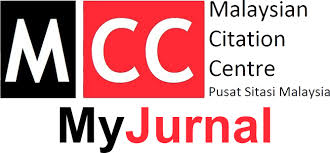Normalization of Deviant Behavior in Muc2+/+ Mice through Dietary Incorporation of Bacillus subtilis Spores
DOI:
https://doi.org/10.36877/pmmb.a0000386Abstract
It is well-known that the intestinal microbiota influences the host's health, including the activities of the central nervous system. This phenomenon is known as the brain-gut axis. Mental and emotional disorders are now fairly widespread. Many of them are lifelong, and medications frequently cause side effects. Not surprisingly, researchers have been drawn to the study of probiotic bacterial cultures as an adjunct or primary therapy for psycho-emotional illnesses. There is a lot of evidence that bacterial strains from the genera Bifidobacterium and Lactobacillus have a favorable influence on the activities of the central nervous system. However, the effect of Bacillus spp. on the behavior is not clearly known. In contrast to Muc2-/-, the wild type mice (Muc2+/+) have normal gut barrier function, but the intestinal microbiota and behavior are similar to their mutant siblings Muc2-/- mice. Similar to the mutant sibling, Muc2+/+mice exhibit greater locomotor activity in the open field and light-dark tests, as well as decreased anxiety in the open field test, light-dark test, and marble burying tests. The addition of kanamycin-resistant strain Bacillus subtilis BS20 spores to the diet of Muc2+/+ mice for 3 weeks at 107 CFU/g led to a change in behavior and cytokine levels in the gut compared to control C57BL/6 mice. Furthermore, a drop in serotonin and a rise in tyrosine were identified in the blood serum. Changes in cytokines, serotonin, and tyrosine levels may mediate the normalizing impact of B. subtilis spores on Muc2+/+ mice behavior.
Downloads
Published
How to Cite
Issue
Section
License
Copyright (c) 2023 Maryana Morozova, Alexander Alekseev, Arsalan Saeidi, Ekaterina Litvinova

This work is licensed under a Creative Commons Attribution-NonCommercial 4.0 International License.
Author(s) shall retain the copyright of their work and grant the Journal/Publisher right for the first publication with the work simultaneously licensed under:
Creative Commons Attribution-NonCommercial 4.0 International (CC BY-NC 4.0). This license allows for the copying, distribution and transmission of the work, provided the correct attribution of the original creator is stated. Adaptation and remixing are also permitted.

This broad license intends to facilitate free access to, as well as the unrestricted reuse of, original works of all types for non-commercial purposes.
The author(s) permits HH Publisher to publish this article that has not been submitted elsewhere.




.png)

.jpg)
